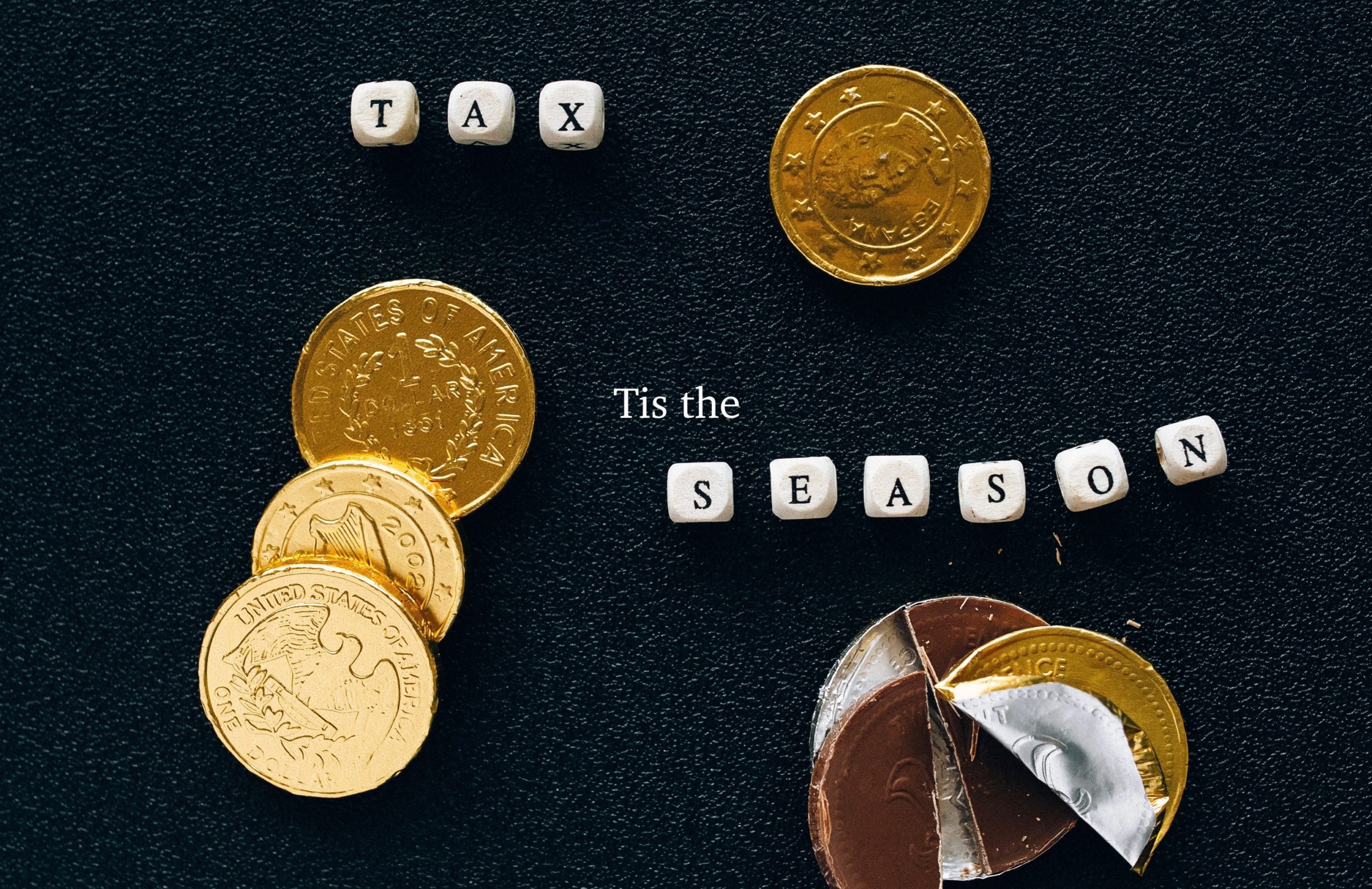
Capital Gains Tax is a term you’ll often hear when it comes to the sale of investment properties.
It is one of those taxes no one really wants to pay.
A little quick history, Capital Gains Tax (CGT) was introduced in Australia in 1985 and applies to any asset you’ve acquired after this time.
Basically, Capital Gains Tax is if you buy shares, property, or other assets for one price and sell them for another price, the difference between the amounts is your capital gain or capital loss. (For the purpose of this article we refer to property.)
Interesting, although it is referred to as “Capital Gains Tax’ it actually is part of your income tax – not a separate tax.
How it works (in general) is if an asset is held for at least one year, then any gain is first discounted by 50% for individual tax payers.
What does this mean as an example: if you purchase a property at $500,000, then sell it after one year for $600,000, your gain is $100,000. For individual tax payers you receive a 50% discount of that $100,000 gain. Which means after that discount that remaining $50,000 is added to your taxable income for that financial year period. When you calculate capital gains, the final tax rate will depend on your personal marginal tax rate.
If the asset is owned by a company, the company is not entitled to any CGT discount and you will then pay 25%-30% tax on any net capital gains.
It is important to note, because we are often asked, and whilst we are not qualified accountants to give out any advice, we can tell you the if you sell a property the Capital Gains event happens on the date of the contract, not when you eventually settle.
There are cases you can offset capital gains with losses, for example legal fees, agent fees, stamp duty are all taken into account.
Capital gains for Foreign or Temporary Residents is a little more complicated, which I won’t go into here, however feel welcome to reach out and we can refer you to someone who can assist with your independent situation.
The good news is that this CGT tax does not apply to your own home, known as your principal place of residence.
Now, whether you put a tenant into your home before you live there, or the other way around makes a big difference as well as the 6-year rule for exemption of your home from CGT.
In Summary, you can retain your main residence exemption for up to 6 years once you move out unless, of course, you’ve identified another property as your main residence. You can only have one residence for tax exemption at a time.
For example, if you move out of your principal place of residence (PPR) and move into a rental property, then lease out your PPR and decide to sell within a 6-year period – you are exempt for paying CGT. However, if you purchase another home by way of upgrading or downsizing, move into it and lease the home that was your PPR as an investment, CGT will apply at point of sale.
CGT on commercial properties works in a similar way to residential properties.
But there are 4 key differences, listed below:
- Unlike residential property where the family home is exempt from CGT, owner-occupied commercial property is not exempt from the tax. But there are a number of discounts available for certain ownership and usage structures.
- Companies are not eligible for the 50% discount on assets held for more than 12 months.
- There are particular discounts and offsets available for certain types of commercial property owners.
- Farms and home-based businesses are treated differently for tax purposes.
In addition to CGT, commercial property owners are also generally liable to pay the Goods and Services Tax (GST), unless it is a sale of going concern with an ongoing lease on the property.
If you inherit a property, CGT is generally also triggered when you sell inherited assets. Annoyingly, even after death, your beneficiaries will be taxed on investments you have made that they subsequently sell.
You see, the Australia Taxation Office is very patient and is prepared to wait many years or even decades for its last throw of the dice!
Generally, if the deceased died before 20 September 1985 and the property transfer also occurred before that date (i.e. the property is a pre CGT asset), you’ll be completely exempt from CGT.
If the deceased purchased the property before 20 September 1985, but you inherited it after that date, the following conditions need to be met in order to be exempt from CGT:
- You sold the property within a 2 year period
- The inherited property becomes the main residence.
Remember CGT is only payable in the financial year in which you sell or dispose of your rental property. So, if you follow a long-term wealth creation strategy you won’t need to worry about paying this for many years or possibly decades.
In the meantime, you can access any capital growth to grow your portfolio and improve your overall financial position.
CGT can be a little tricky to calculate that’s why its so important to have a specialists on your side – and especially a good taxation accountant.
MKS Group can review your structure, make recommendations and then implement any required changes, so if you are looking for independent expert advice about your circumstances why not contact us and we will put in touch.
Imagine the benefits having a new level of support, guidance and insights into the critical drivers of minimising your tax, tax planning & managing your risk.

